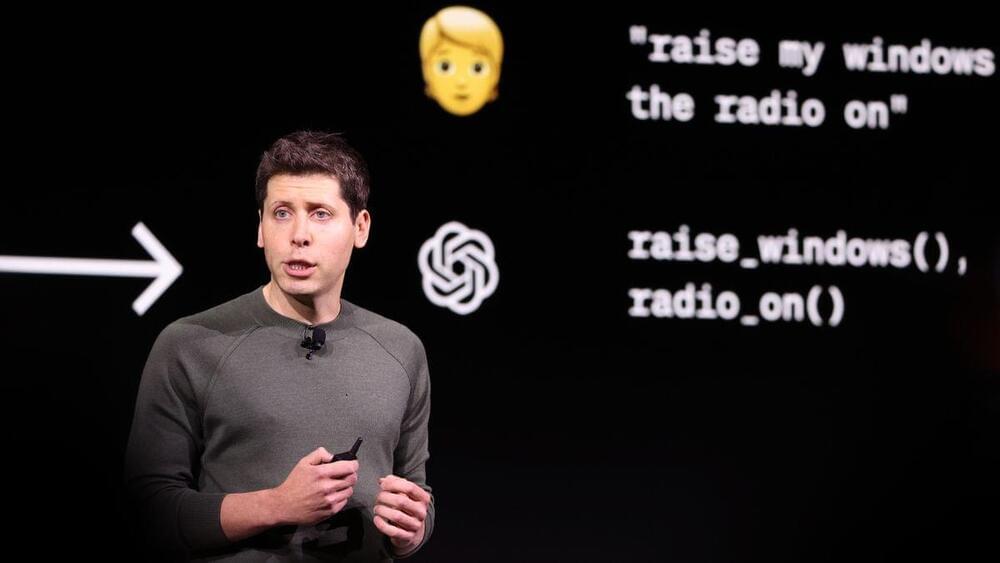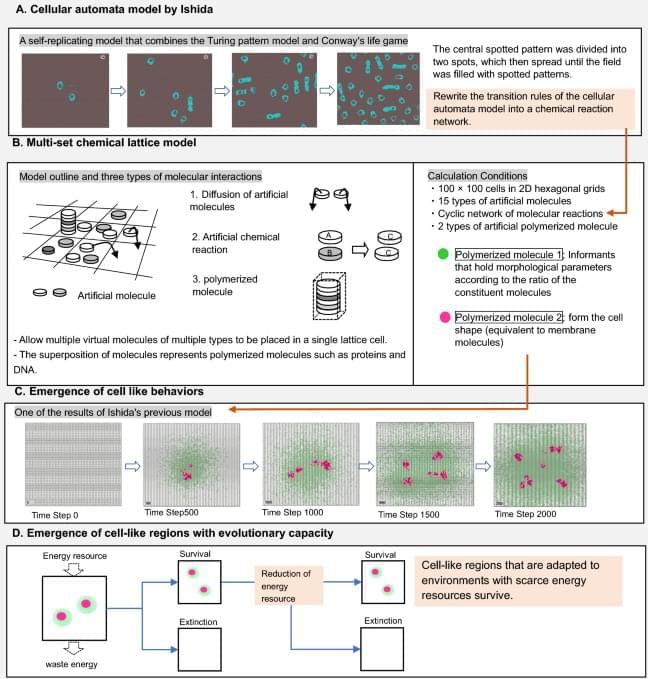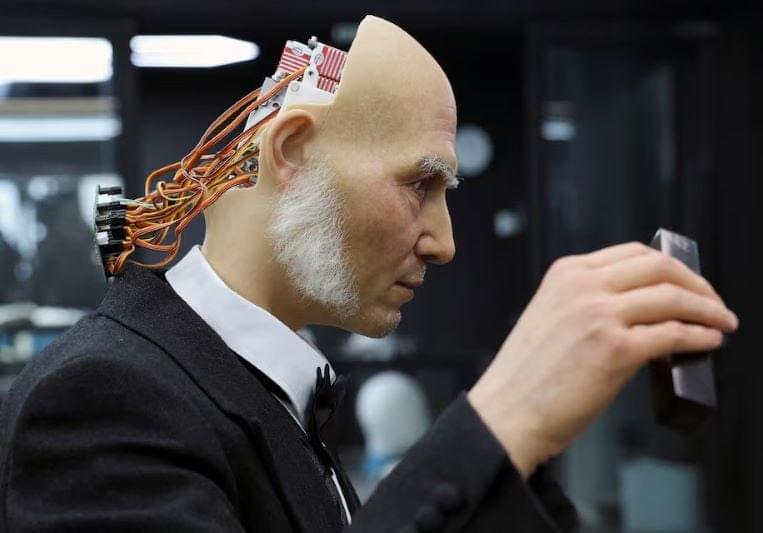AGI by the end of the decade?








Facepalm: Crashes experienced by customers owning recent high-end Intel processors aren’t just software or BIOS-related issues. Alderon Games founder Matthew Cassells says Chipzilla has made his company’s life much more complicated than it should be. The game developer has experienced considerable Intel CPU problems, including crashes, instability, and memory corruption.
The number of people and organizations forced to experience crashes and general instability on Intel’s latest CPU models keeps growing. Now, a game developer is blatantly pointing the finger at the Santa Clara corporation and its alleged “defective” products.
“Despite all released microcode, BIOS, and firmware updates, the problem remains unresolved,” Cassells said.

The German Navy is searching for a new storage system to replace the aging 8-inch (20cm) floppy disks which are vital to the running of its Brandenburg class F123 frigates. According to an official tender document, the ideal answer to the German Navy’s problems would be a drop-in floppy disk replacement based upon a storage emulation system, reports Golem.de.
Germany’s Brandenburg class F123 frigates were commissioned in the mid 1990s, so it is understandable that floppy disks were seen as a handy removable storage medium. These drives are part of the frigates’ data acquisition system and, thus “central to controlling basic ship functions such as propulsion and power generation,” according to the source report.

The Maximum Absorbency Garment (MAG)—that collects urine and feces during extravehicular activities (EVAs) that last up to 8 h. Such exposure to waste for prolonged periods of time contributes to hygiene-related medical events, including urinary tract infections and gastrointestinal distress. Historically, prior to using the MAG, astronauts have limited their food intake or eaten a low-residue diet before embarking on physically demanding spacewalks, reducing their work performance index (WPI) and posing a health risk. Furthermore, the current 0.95 L In-suit Drink Bag (IDB) does not provide sufficient water for more frequent, longer-range spacewalks, which carry greater potential for contingency scenarios requiring extended time away from a vehicle.
Welcome to Rethinking the Foundations brought to you by Curt Jaimungal at Theories of Everything. Today, Professor Neil Turok answers questions from the audience! This is Part 2 to Neil’s Rethinking the Foundations episode. Part 1 can be seen here: • Rethinking the Foundations of Physics…
Listen on Spotify: https://open.spotify.com/show/4gL14b9…
Join TOEmail at https://www.curtjaimungal.org.
Links:
- Rethinking the Foundations debut episode w/ Neil Turok — • Rethinking the Foundations of Physics…
- Bernardo Kastrup solo episode — • Escaping the Illusion: Bernardo Kastr…
- Neil Turok solo episode — • The (Simple) Theory That Explains Eve…
Support TOE:
- Patreon: / curtjaimungal (early access to ad-free audio episodes!)
- Crypto: https://tinyurl.com/cryptoTOE
- PayPal: https://tinyurl.com/paypalTOE
- TOE Merch: https://tinyurl.com/TOEmerch.
Follow TOE: